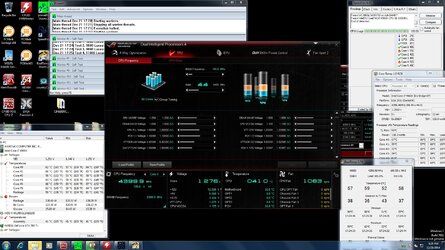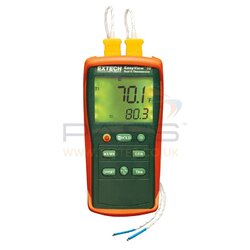Hiya folks!
Starting to play around a little. So far everything's more or less on default/auto except for vcore=1.25v and using xmp.
Which of these apps should I use for temperature monitoring? Also...what should I use as a reasonably 'safe' temp? 85C?
Starting to play around a little. So far everything's more or less on default/auto except for vcore=1.25v and using xmp.
Which of these apps should I use for temperature monitoring? Also...what should I use as a reasonably 'safe' temp? 85C?


